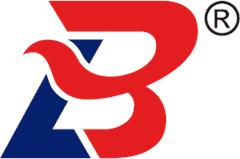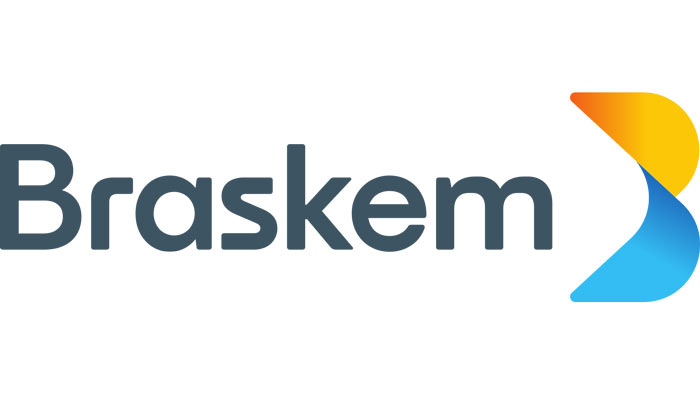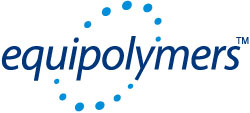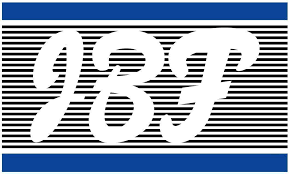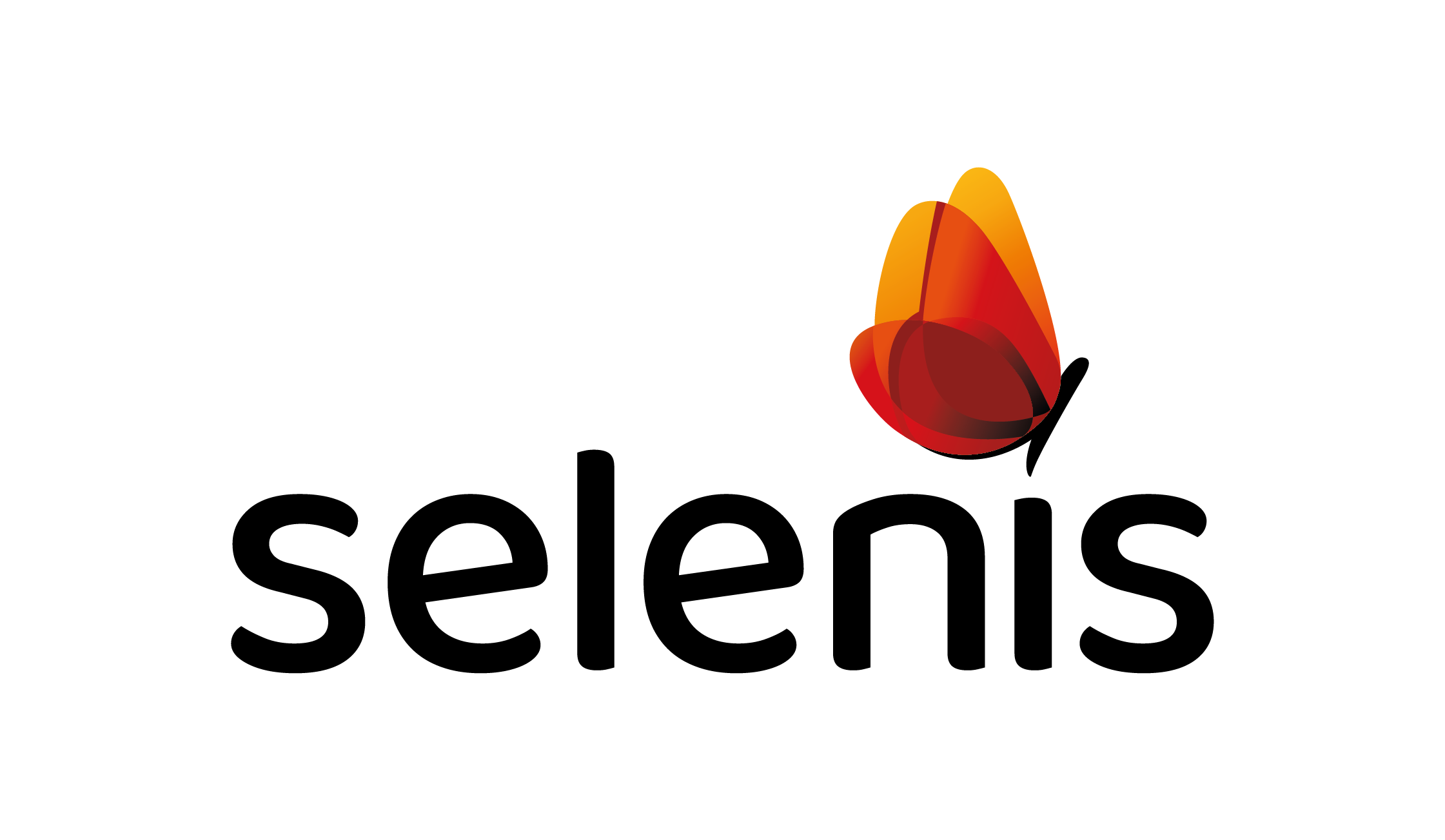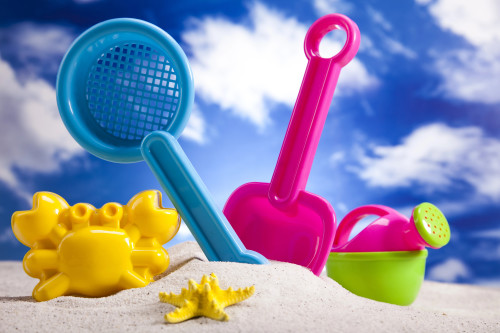Process Advantages:
Enhanced Quality: Offers superior visual and dimensional container quality over extrusion blow moulding.
Versatile Container Shapes: Suitable for creating both narrow and wide-mouth containers with precision and no excess material or "flash."
Stages of Production:
1. Injection Phase:
Molten polymer is directed into a cavity where it takes the shape of the PREFORM.
A mandrel forms the inner diameter while the outer shape is crafted by the cavity.
The PREFORM is then rotated for the next production phase.
2. Stretching and Blowing:
The preform is brought to the optimal temperature for stretching.
A stretch rod elongates the preform, which is then blown into shape with precise air pressure.
3. Discharge Phase:
The cooled preform is ejected, typically by automated systems, for efficiency.
This sequence is performed seamlessly on a rotating carousel of moulds for continuous operation.
Common Materials Utilized:
LDPE (Low-Density Polyethylene)
LLDPE (Linear Low-Density Polyethylene)
PP (Polypropylene)
PET (Polyethylene Terephthalate)
PVC (Polyvinyl Chloride)
HDPE (High-Density Polyethylene)
Diverse Product Output:
Consumer Goods: Includes a variety of bottle types for carbonated drinks, cooking oils, health products, and more.
Specialised Containers: Agrochemical containers and personal care product packaging.
Injection stretch blow moulding is pivotal for industries demanding high-precision and high-quality plastic containers, offering significant improvements in product strength and clarity.


